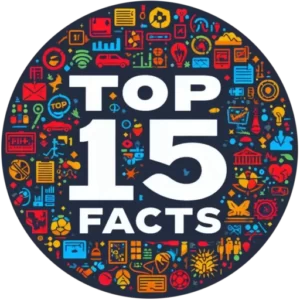Conspiracy theories are like exciting stories that offer different explanations for events. But are they true? Sometimes, a tiny bit might be right, but many are based on wrong information, guesses, or trying to scare people. Let’s look at 15 famous conspiracy theories and find out what’s really going on.
15 Conspiracy Theories Fiction vs. Fact
- We never went to the moon.
- The Earth is flat, not round.
- The 9/11 attacks were planned by the U.S. government.
- A secret group called the Illuminati controls everything.
- Airplane trails (contrails) are chemicals to control us.
- President Kennedy’s murder was part of a bigger plot.
- Area 51 has alien secrets.
- Lizard people are our secret rulers.
- The Denver Airport is a secret base.
- Princess Diana was killed on purpose.
- Paul McCartney from the Beatles is a fake.
- The COVID-19 virus was made up or planned.
- Vaccines are dangerous and make you sick.
- 5G phone technology is a weapon.
- Climate change isn’t real.
1. The moon landing hoax:
Fiction: The moon landing was a hoax orchestrated by the U.S. government to win the Space Race against the Soviet Union. Proponents claim the footage was faked in a Hollywood studio, citing “evidence” like waving flags in a vacuum, lack of stars in photos, and inconsistencies in shadows. They believe the government staged the moon landing to boost national morale and assert dominance in the Cold War.
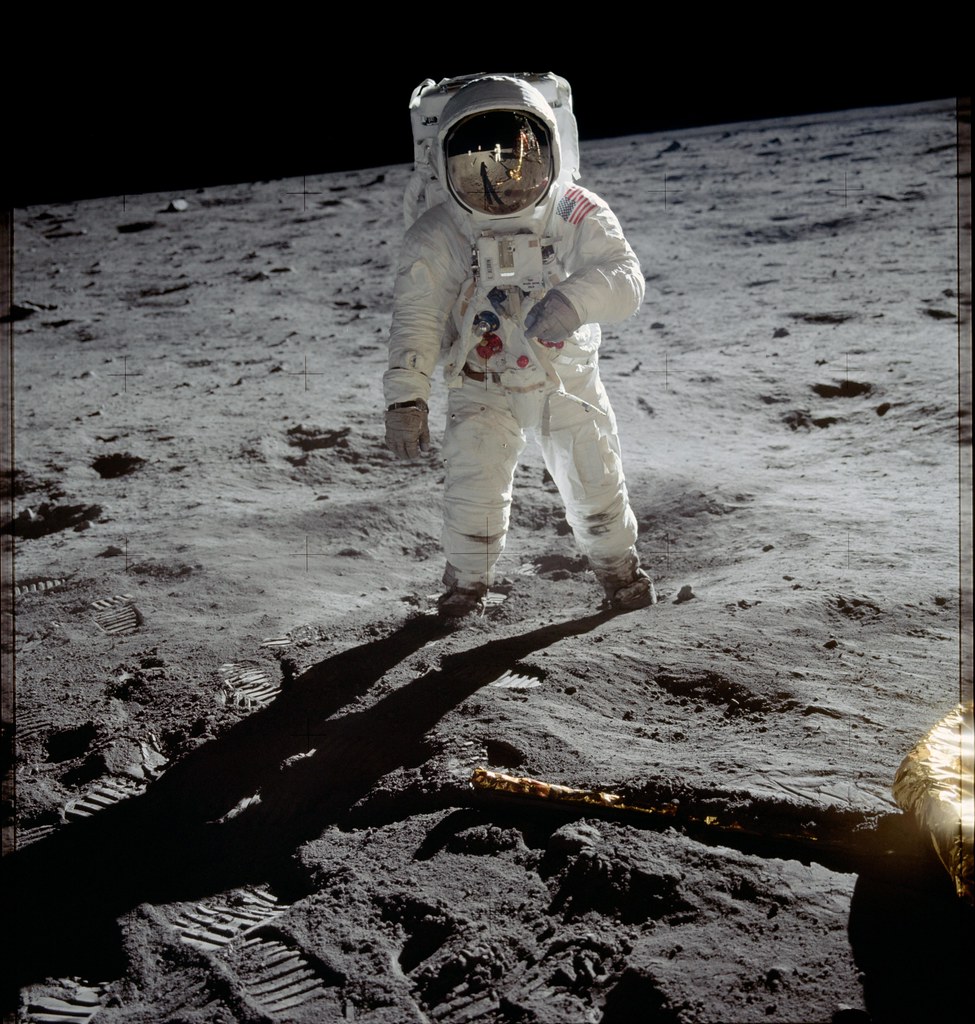
Fact: The Apollo 11 mission in 1969 marked a monumental achievement for humanity. Neil Armstrong and Buzz Aldrin became the first humans to walk on the moon. They collected 842 pounds of lunar samples, took thousands of photographs, and left behind scientific instruments that continue to transmit data back to Earth. The event was witnessed by millions worldwide through live television broadcasts, and the authenticity of the moon rocks and other evidence has been confirmed by independent scientists.
2. Flat Earth:
Fiction: The Earth is a flat disc, surrounded by a massive ice wall that prevents us from falling off the edge. This theory claims that NASA and other government agencies are conspiring to hide the truth about the Earth’s shape. They believe gravity is an illusion, and that we are being deceived by a vast conspiracy.

Fact: The Earth’s spherical shape is an established scientific fact, supported by centuries of observation and evidence. Ancient Greek scholars deduced the Earth’s shape through careful measurements and observations of celestial bodies. Today, we have satellite imagery, circumnavigation records, and the observable phenomenon of ships disappearing hull-first over the horizon, all confirming the Earth’s curvature.
3. 9/11 inside job
Fiction: The 9/11 attacks were an inside job orchestrated by the U.S. government to justify wars in the Middle East and expand its power. Proponents point to supposed controlled demolitions of the Twin Towers and the Pentagon, claiming that the official narrative is a cover-up.

Fact: The 9/11 attacks were carried out by 19 al-Qaeda terrorists who hijacked four commercial airplanes. The official 9/11 Commission Report, a result of a meticulous investigation, details the events leading up to the attacks, the terrorists’ motivations, and the failures in intelligence and security that allowed the attacks to occur. Conspiracy theories often cherry-pick evidence or misinterpret it to fit their narrative, ignoring the overwhelming body of evidence supporting the official account.
Read More: 15 Unsolved Disappearances That Will Haunt You
4. Illuminati
Fiction: The Illuminati, a secret society of elites, controls world governments, banks, and media outlets. They manipulate events to achieve a New World Order and enslave humanity. This theory attributes various historical events and modern phenomena to the Illuminati’s influence.
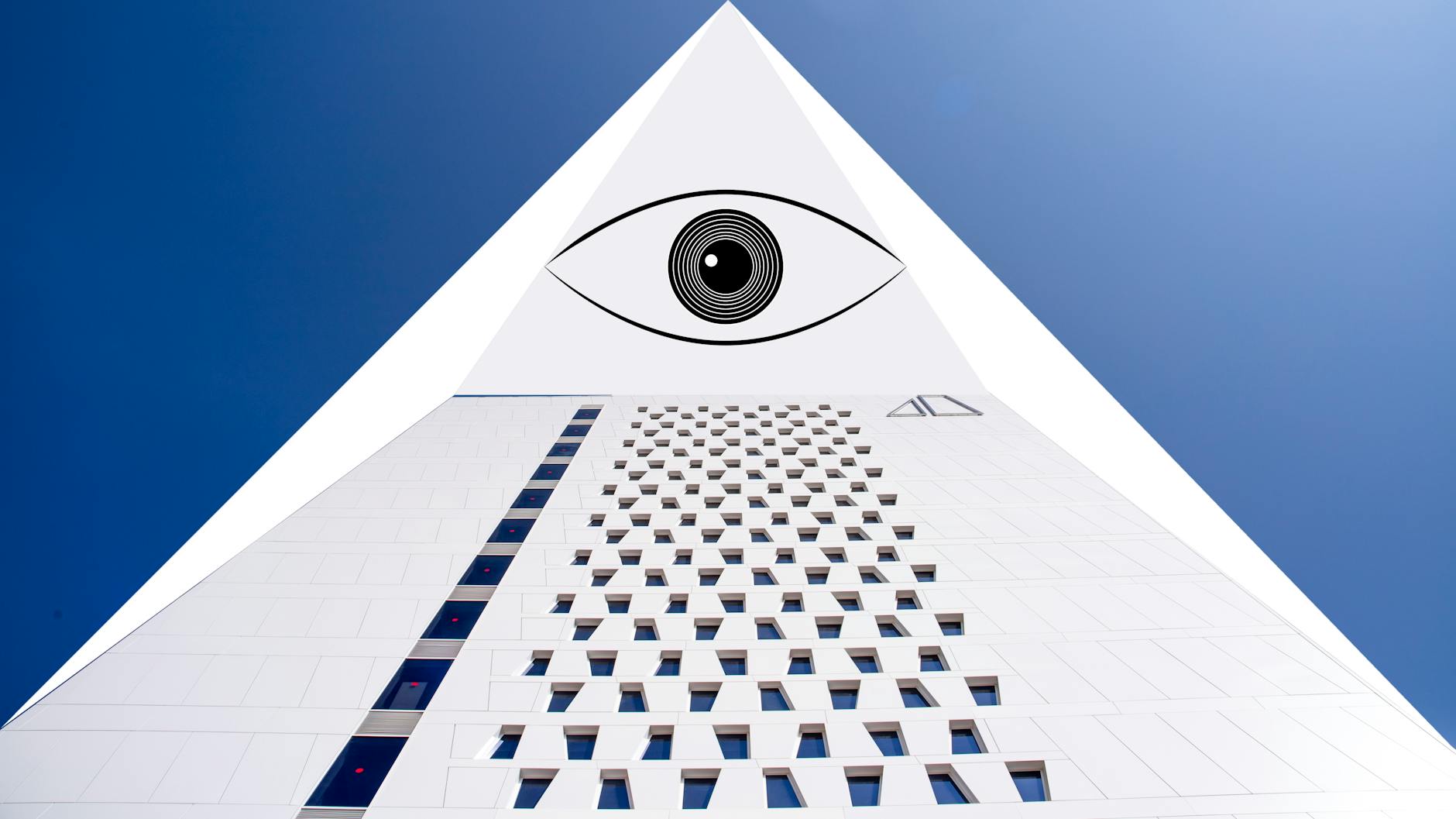
Fact: The Illuminati was a real secret society founded in Bavaria in 1776. However, it was outlawed by the Bavarian government in 1785 and effectively disbanded. While some groups may claim to be modern-day Illuminati, there’s no credible evidence to suggest they possess any significant power or influence over world events.
5. Chemtrails
Fiction: Airplane contrails (condensation trails) are actually “chemtrails” – chemical or biological agents deliberately sprayed by governments for sinister purposes like population control, weather manipulation, or even mind control.

Fact: Contrails are formed when hot, humid exhaust from airplane engines mixes with cold air, causing water vapor to condense and freeze into ice crystals. They are essentially clouds made of ice. Numerous scientific studies have confirmed that contrails pose no threat to human health or the environment.
6. JFK assassination
Fiction: President John F. Kennedy‘s assassination was orchestrated by a complex network of conspirators, potentially including the CIA, the Mafia, Cuban leader Fidel Castro, or even Vice President Lyndon B. Johnson. Conspiracy theorists point to discrepancies in the official investigation, suggesting multiple shooters, a “magic bullet” that changed trajectories, and a cover-up by the Warren Commission. Some even believe JFK was targeted for his progressive policies or his opposition to the Vietnam War.
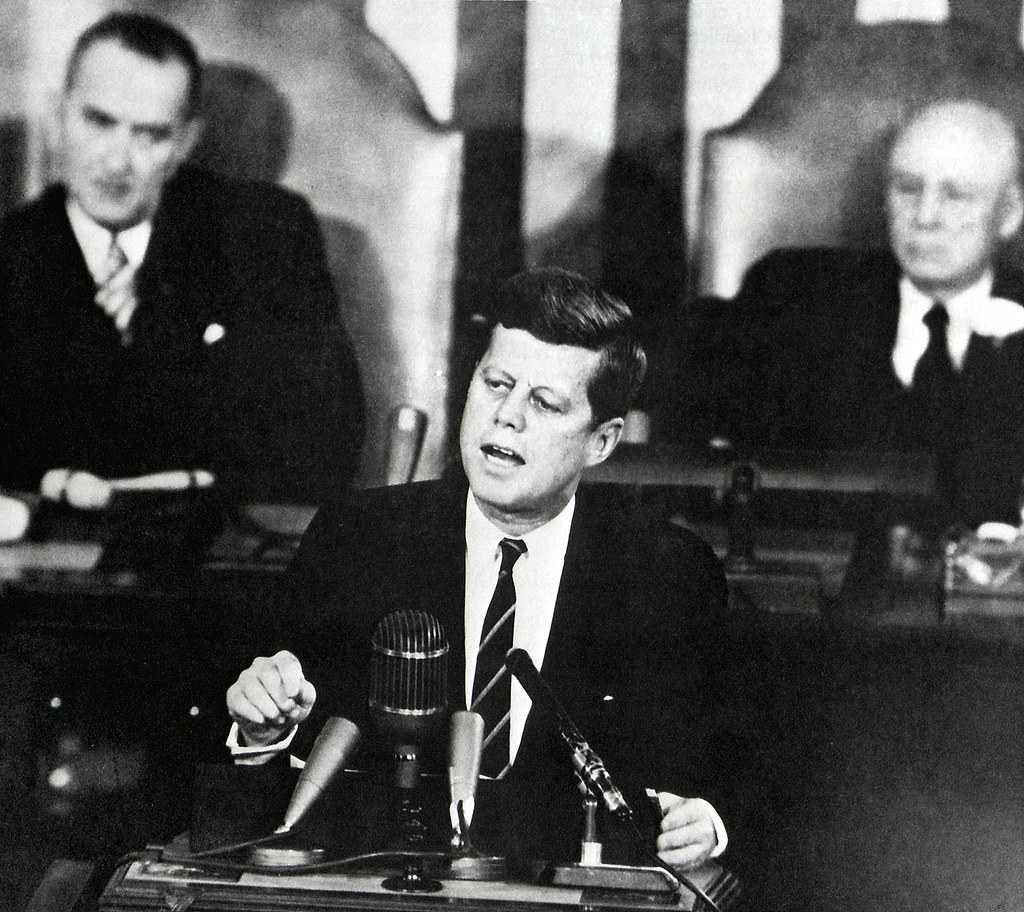
Fact: While the Warren Commission concluded that Lee Harvey Oswald acted alone in assassinating President Kennedy, many alternative theories continue to be debated. However, none of these theories have provided enough convincing evidence to definitively overturn the official findings. Extensive investigations, including the House Select Committee on Assassinations, have not found any conclusive proof of a wider conspiracy.
Read More: 15 Spine-Chilling Facts About Famous Ghost Stories
7. Area 51
Fiction: Area 51 is a top-secret U.S. government facility where captured alien spacecraft, extraterrestrial technology, and even alien bodies are being studied and reverse-engineered. Conspiracy theorists believe the government is hiding this information from the public to maintain control and suppress advanced technologies. Some even claim that the Roswell UFO incident in 1947 was a genuine alien encounter that was covered up by the government.
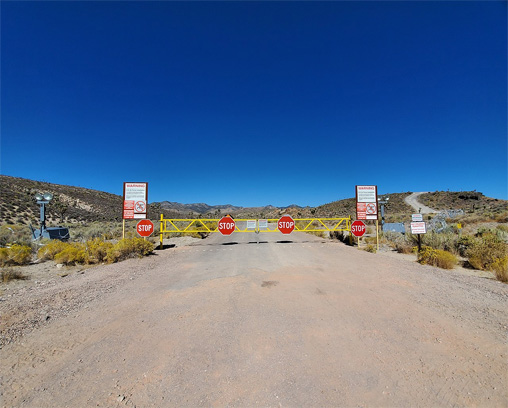
Fact: Area 51 is a highly classified U.S. military base used for testing and developing advanced aircraft technologies. The secrecy surrounding the base has fueled speculation about extraterrestrial activities, but no credible evidence of alien life or technology has ever been publicly confirmed. The government maintains that the Roswell incident involved the crash of a weather balloon, not a UFO.
8. Reptilian Elite
Fiction: A secretive and powerful group of reptilian humanoids, disguised as human leaders, are manipulating world events and controlling humanity from the shadows. This theory suggests that these reptilian beings are shape-shifters who have infiltrated governments, royal families, and other influential institutions. They are said to be working towards a New World Order and feeding off human energy.
Fact: This theory originated from fictional stories and misinterpreted information. There’s no scientific or historical evidence to support the existence of reptilian humanoids or their alleged global domination. It’s a classic example of a conspiracy theory that relies on fear-mongering and fantastical claims.
9. Denver Airport
Fiction: The Denver International Airport is a secret Illuminati headquarters, a massive underground bunker, or even a portal to another dimension. Conspiracy theorists point to the airport’s unsettling artwork, cryptic inscriptions, and unusual layout as evidence of its hidden purpose. They believe the airport is a hub for nefarious activities, such as population control or even a future alien invasion.

Fact: The Denver Airport features unique artwork and symbolism, some of which are considered unsettling by some. However, these are simply artistic expressions, and there’s no evidence to suggest the airport serves any other purpose than as a transportation hub.
Read More: Unexplained Scientific Phenomena: 15 Mysteries That Defy Logic
10. Princess Diana’s death
Fiction: Princess Diana’s death was not an accident but a carefully orchestrated assassination. Proponents claim that the British Royal Family, MI6, or other powerful figures ordered her death to prevent her from marrying Dodi Fayed, an Egyptian Muslim, or because she was becoming too outspoken about sensitive issues. They cite suspicious circumstances surrounding the car crash, such as the alleged disabling of the seatbelts and the pursuit by paparazzi.

Fact: Multiple investigations have concluded that Princess Diana’s death was a tragic accident caused by a combination of factors, including a drunk driver, high speed, and the pursuit by paparazzi. The French authorities conducted a thorough investigation, and the British inquest concluded that her death was “unlawful killing” due to the gross negligence of the driver and the paparazzi. There’s no credible evidence to support claims of a conspiracy.
11. Paul McCartney’s death
Fiction: The real Paul McCartney died in a car accident in 1966 and was replaced by a look-alike named Billy Shears. Conspiracy theorists claim that the Beatles hid clues about this event in their songs and album covers, including backward messages and subtle symbolism.

Fact: This theory, known as “Paul is Dead,” is a classic example of how rumors and misunderstandings can escalate into elaborate conspiracy theories. Paul McCartney is alive and well, and the supposed “clues” in Beatles’ songs and album covers have been thoroughly debunked.
12. COVID-19
Fiction: The COVID-19 pandemic was a deliberate act, either a bioweapon released intentionally or a manufactured crisis to exert control over the population through lockdowns, masks, and vaccines. Some theories claim the virus was created in a lab, while others suggest it’s a hoax altogether. These claims often involve powerful figures like Bill Gates or the World Health Organization as masterminds behind the supposed scheme.
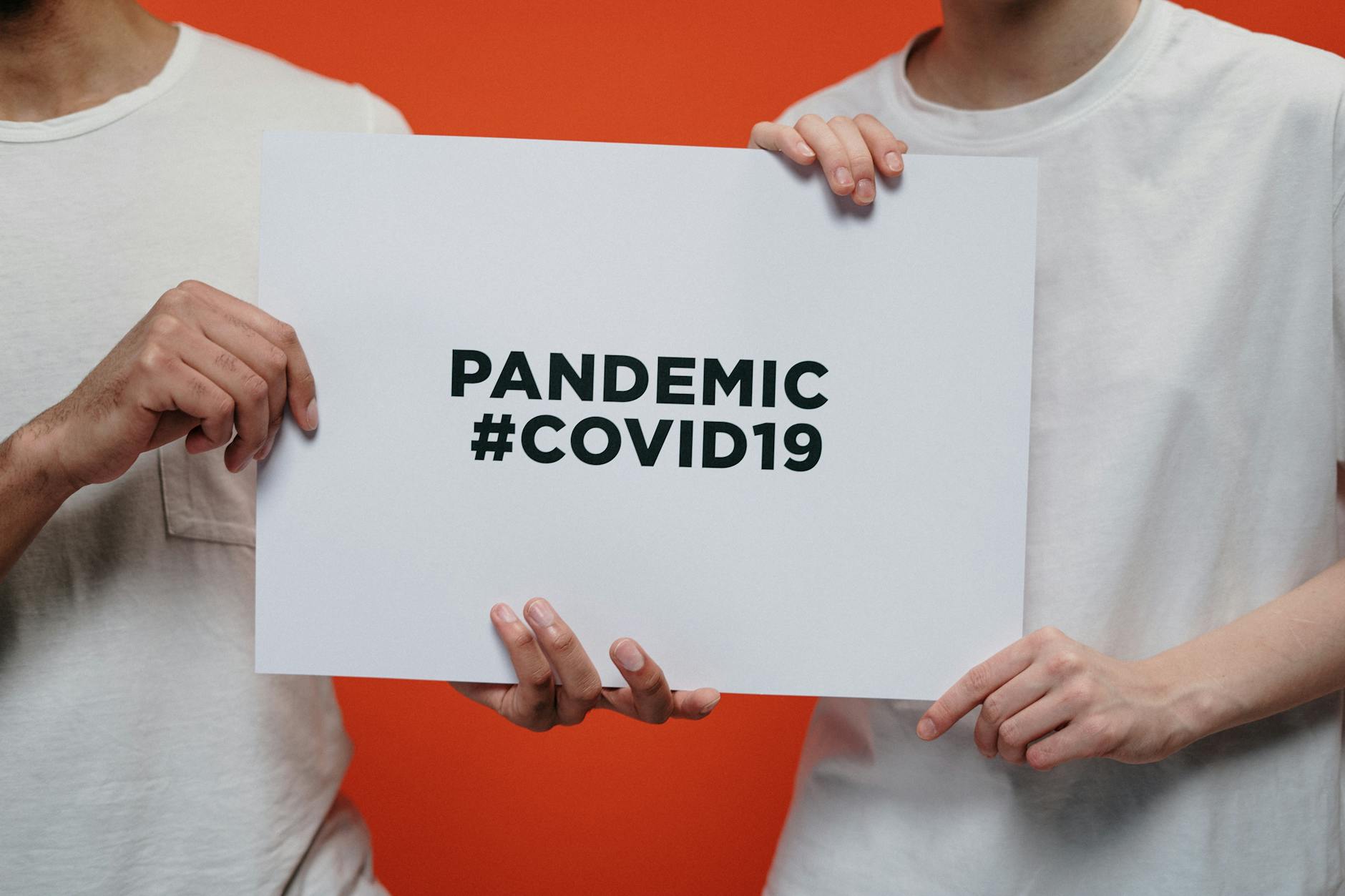
Fact: The COVID-19 pandemic is a real global health crisis caused by the SARS-CoV-2 virus. It originated in Wuhan, China, in late 2019 and rapidly spread worldwide due to its highly contagious nature. The virus has resulted in millions of deaths worldwide and continues to have a significant impact on public health and the economy. Scientific consensus supports the natural origin of the virus, with evidence pointing to an animal-to-human transmission. Conspiracy theories about its origins or intent undermine public health efforts and spread harmful misinformation.
Read More: Lost Civilizations: Unravel 15 Enigmatic Cultures | History’s Secrets
13. Vaccines
Fiction: Vaccines are dangerous and cause a range of health problems, including autism, autoimmune disorders, and even death. Some theories suggest that vaccines are a form of population control or a way for pharmaceutical companies to profit. These claims often rely on discredited research, anecdotal evidence, and emotional appeals.

Fact: Numerous scientific studies have consistently shown no link between vaccines and autism or other serious health problems. Vaccines are rigorously tested for safety and effectiveness before being approved for public use. They are a crucial tool for preventing infectious diseases and have saved countless lives throughout history. The misinformation spread by anti-vaccine groups can have dangerous consequences, leading to outbreaks of preventable diseases and undermining public health efforts.
14. 5G technology
Fiction: 5G technology is a weapon used by governments or other powerful entities to control or harm the population. Some theories claim that 5G radiation causes cancer, infertility, and other health problems. Others suggest it’s being used for mind control or surveillance purposes. These claims are often fueled by fear-mongering and misinformation spread online.
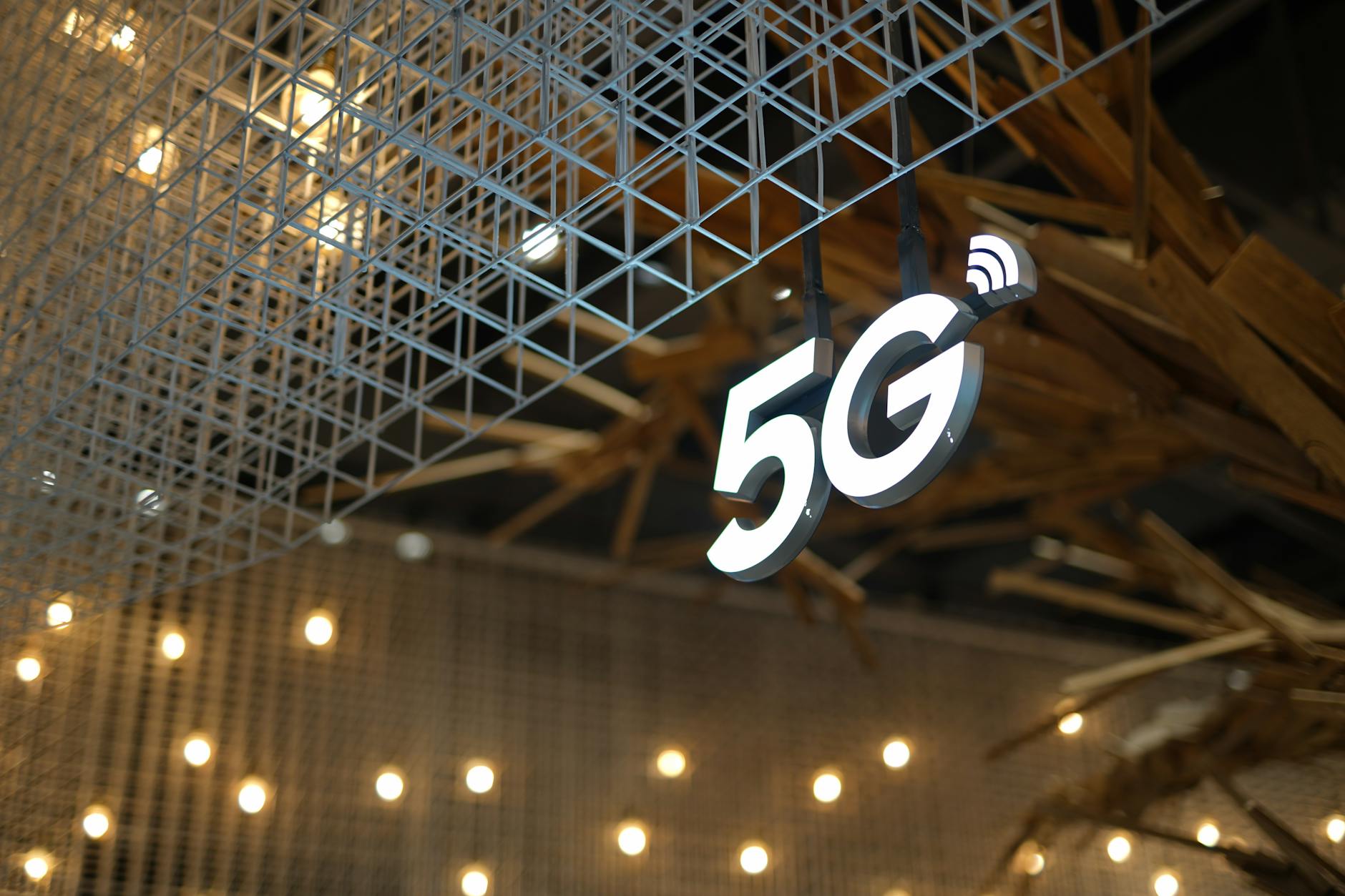
Fact: 5G is the fifth generation of wireless technology, designed to provide faster and more reliable internet connections. It operates within safe frequency ranges established by international standards. Extensive research has not found any conclusive evidence linking 5G to adverse health effects.
15. Climate change hoax
Fiction: Climate change is a hoax perpetrated by governments, scientists, and environmental organizations to exert control over the economy and impose restrictions on individual freedoms. Proponents of this theory argue that the Earth’s climate naturally fluctuates and that human activities have no significant impact. They dismiss the overwhelming scientific evidence supporting climate change as fabricated or exaggerated.

Fact: Climate change is a real and urgent threat to the planet. The overwhelming majority of climate scientists agree that it is primarily caused by human activities, particularly the burning of fossil fuels. Evidence of climate change includes rising global temperatures, melting ice caps, sea-level rise, and more frequent extreme weather events. The consequences of climate change are already being felt worldwide and are projected to worsen if immediate action is not taken.
Conclusion:
Conspiracy theories can be like a fun puzzle, but it’s important to remember that not every piece fits. They might spark our imagination and curiosity, but we should always look for solid evidence before believing something that sounds too good (or too scary) to be true. By learning the real facts, we can become better at thinking critically and making informed decisions about the world around us.
15 FAQs ( frequently asked questions):
-
Why do people believe in conspiracy theories?
People believe in conspiracy theories for many reasons:
1)They might not trust the government or other authorities.
2)They want simple answers to complicated questions.
3)They enjoy feeling like they know a secret that others don’t.
4)They get scared or worried by what’s happening in the world. -
Are all conspiracy theories completely false?
Most conspiracy theories have very little or no truth to them. However, some might have a tiny bit of truth mixed in with a lot of made-up stuff. It’s important to be careful and look for real evidence before believing anything.
-
How can I tell if a conspiracy theory is fake?
Check your sources: Look for information from trusted experts and reliable organizations.
Be skeptical: Don’t believe everything you read or hear, especially if it sounds too wild or dramatic.
Look for evidence: Ask yourself, “Is there real proof for this?” If the only “proof” is someone’s opinion or a blurry photo, it’s probably not true.
Think critically: Don’t just follow the crowd. Take the time to think for yourself and research the facts. -
What’s the harm in believing in conspiracy theories?
Believing in conspiracy theories can be harmful because:
1)It can make you afraid or distrustful of others for no reason.
2)It can stop you from getting important information or help (like vaccines).
3)It can make it harder to solve real problems in the world if we’re focused on fake ones. -
Should I try to convince someone who believes in conspiracy theories that they’re wrong?
It can be tough to change someone’s mind, especially if they’re deeply invested in a conspiracy theory. The best thing you can do is to calmly share facts and evidence from reliable sources. Avoid getting into arguments or making them feel bad for their beliefs. Sometimes, just planting a seed of doubt can be enough.
-
Are there any famous conspiracy theories that turned out to be true?
While most conspiracy theories are false, there have been a few cases where suspicions turned out to be true. For example, the Watergate scandal revealed that President Nixon was involved in illegal activities, and the Tuskegee Syphilis Study exposed unethical medical experiments on African American men. These cases highlight the importance of investigating claims and holding powerful people accountable.
-
What’s the difference between a conspiracy theory and a real conspiracy?
A conspiracy theory is usually based on speculation and unproven claims, while a real conspiracy involves actual evidence of secret planning or illegal activities. The key difference is the presence of credible proof.
-
How can I protect myself from falling for conspiracy theories?
Be aware of your biases: We all have them, so it’s important to recognize how they might influence our thinking.
Seek out diverse perspectives: Don’t just rely on one source of information. Look for different viewpoints and compare them.
Fact-check everything: Before you share or believe anything, take the time to verify its accuracy.
Be open to changing your mind: If new evidence emerges, be willing to adjust your beliefs. -
Why are conspiracy theories so popular on the internet?
The internet allows information to spread quickly and easily, regardless of whether it’s true or not. Social media algorithms can also create “echo chambers” where people are only exposed to information that confirms their existing beliefs. This can make it harder for people to distinguish between fact and fiction.
-
What should I do if I come across a conspiracy theory online?
Don’t share it: Even if it seems interesting, sharing misinformation can be harmful.
Report it if it’s dangerous or incites violence: Platforms like Facebook and Twitter have reporting mechanisms for this.
Do your research: Find out if there’s any truth to the claim or if it’s been debunked.
Share the facts: If you find reliable information that contradicts the conspiracy theory, share it with others. -
Can believing in conspiracy theories be a sign of mental illness?
Believing in a conspiracy theory doesn’t automatically mean someone is mentally ill. However, if someone is obsessed with conspiracy theories to the point where it affects their daily life, relationships, or well-being, it’s a good idea to talk to a doctor or mental health professional.
-
Are there any patterns in the types of conspiracy theories that people believe?
Yes, some patterns have been observed. People might be more likely to believe conspiracy theories if they:
1)Feel powerless or out of control in their lives.
2)Distrust authority figures or institutions.
3)Have a strong need for certainty and clear explanations.
4)Feel anxious or uncertain about the future. -
Why do some conspiracy theories become so popular?
Several factors contribute to the popularity of conspiracy theories:
Social media: It allows misinformation to spread rapidly and creates echo chambers where people are only exposed to information that confirms their existing beliefs.
Confirmation bias: People tend to seek out information that supports their views and ignore information that challenges them.
Emotional appeal: Conspiracy theories often tap into our emotions, like fear, anger, or a sense of injustice. -
Can conspiracy theories be harmful to society?
Yes, conspiracy theories can be harmful because:
1)They can erode trust in institutions and experts.
2)They can promote violence or discrimination against certain groups.
3)They can undermine public health efforts (like vaccination campaigns).
4)They can distract people from addressing real problems. -
What can I do to help someone who is deeply involved in conspiracy theories?
1)Be patient and understanding.
2)Focus on building trust and maintaining a relationship.
3)Listen to their concerns and try to understand why they believe what they do.
4)Gently challenge their beliefs with evidence and facts from reliable sources.
5)Encourage them to seek information from a variety of perspectives.
6)Offer support and let them know you care about their well-being.
